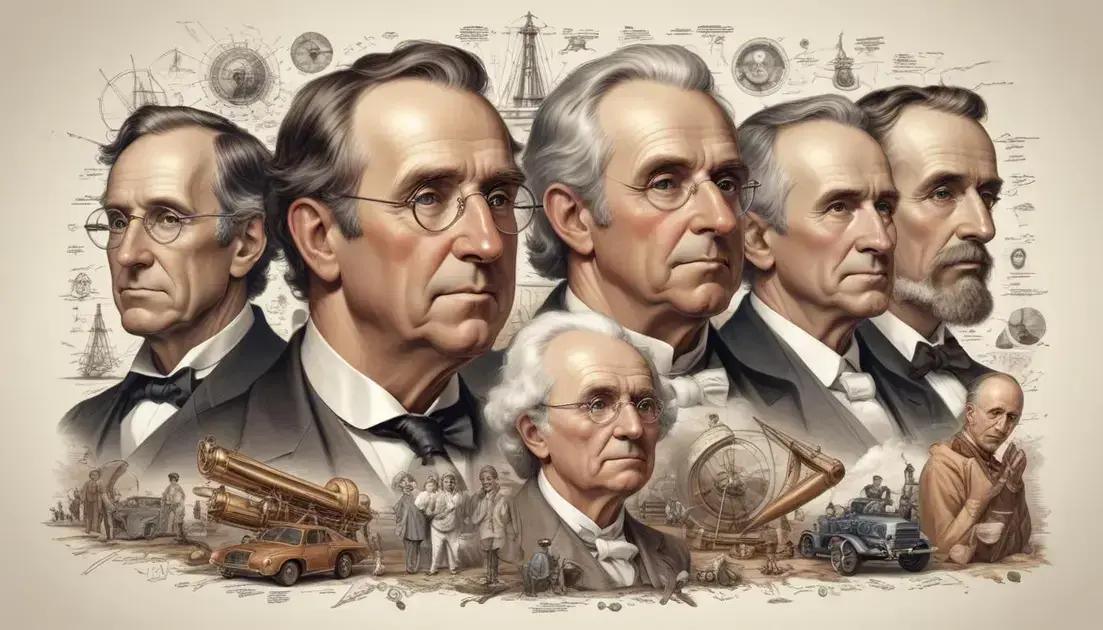
The False Paquisha War: The Conflict that Became Friendship
The relationship between Ecuador and Peru has transformed from conflict to friendship, particularly after the 1981 Paquisha War. This conflict led both nations to seek peace, culminating in a 1998 treaty that established clearer borders and fostered collaboration in trade, culture, and environmental protection. Today, their partnership serves as an example of regional cooperation, demonstrating how dialogue and shared goals can replace rivalry and create opportunities for mutual growth.
The Ecuador Peru Conflict is a fascinating tale of rivalry turned into friendship, showcasing how nations can evolve beyond their past. Let’s dive deeper!
Historical Context of the Conflict
The Historical Context of the Conflict between Ecuador and Peru goes back many years. The roots of the dispute lie in territorial claims and border disagreements. As both countries developed, their histories intertwined, leading to tensions.
In the late 19th century, both nations found themselves in a competition over resources and land. This created lasting resentment and sparked conflicts. The two countries fought multiple skirmishes over border issues, with disagreement over where the true borders lay.
In the 20th century, the conflict intensified due to both nations’ growing populations and economic needs. Military actions in the decades that followed only deepened the divide. During the Cold War, both Ecuador and Peru faced external pressures that complicated their relationship.
Understanding these historical events helps to frame the significance of the 1981 Paquisha War. It wasn’t just a single event, but part of a larger story of struggle and competition.
As tensions escalated, both countries eventually reached a breaking point, leading to the brief but impactful conflict. This history sets the stage for how they moved from rivalry to friendship years later.
By recognizing the past, we see how important reconciliation is. The efforts to resolve their disputes opened a new chapter for Ecuador and Peru, transforming them into allies.
The Paquisha War of 1981
The Paquisha War of 1981 was a brief yet intense conflict between Ecuador and Peru. This war lasted only about a month but had lasting effects on both nations. It arose from long-standing border disagreements in the Amazon region.
In January 1981, tensions flared as both countries mobilized troops near the disputed area. Each side claimed the land and resources were theirs. The violence erupted when Ecuadorian forces entered the area, leading to military confrontations.
Despite the limited duration, the war was significant. Both sides faced casualties, with military engagements marking the conflict’s height. For many, it was shocking to see neighbors becoming enemies, even for a short time.
The aftermath of the war did not resolve the underlying issues. It exposed the need for dialogue and peace-building between the two countries. Both governments realized that ongoing conflict was unsustainable.
Overall, the Paquisha War served as a wake-up call. It highlighted the urgency of addressing territorial disputes before they escalated further. The conflict also set the stage for future negotiations, eventually leading to peace in the years to come.
Resolution and Treaty
The Resolution and Treaty between Ecuador and Peru marked a significant turn in their long history. After years of conflict, both nations sought lasting peace and stability. The need for a mutual agreement became clear after the brief yet intense Paquisha War.
In 1998, leaders from both countries signed the peace treaty in Brasilia, Brazil. This treaty aimed to officially settle territorial disputes and enhance cooperation. It was a major step towards amending the past and moving forward.
The resolution included critical measures to define borders clearly. These terms helped avoid future misunderstandings. The treaty also promoted joint development projects, showing how both countries could benefit working together.
Both Ecuador and Peru recognized that working as allies was better than being adversaries. This new partnership opened doors to trade, investment, and cultural exchanges, strengthening ties between the nations.
Today, the peace treaty stands as a testament to the power of dialogue and diplomacy. It transformed the relationship between Ecuador and Peru, paving the way for friendship and mutual respect.
The Rise of Friendship Between Ecuador and Peru
The Rise of Friendship Between Ecuador and Peru is a remarkable story. After years of conflict, both nations embarked on a journey of peace. The signing of the peace treaty in 1998 was a critical milestone. It opened the door for new possibilities.
In the years following the treaty, the two countries focused on cooperation. They began to work on joint projects in trade, education, and tourism. This helped build trust and understanding. People-to-people exchanges became common, allowing both cultures to blend.
Sports events and cultural festivals emerged as ways to celebrate their friendship. Music, food, and traditions were shared between the nations, strengthening their bond. This connection helped ordinary citizens see each other as partners rather than rivals.
Moreover, economic ties grew stronger. Ecuador and Peru started to trade more with each other. This mutual benefit fostered better relationships at all levels, from governments to citizens. Collaborations in environmental conservation added another layer to their partnership.
Today, Ecuador and Peru are known not just for their past conflicts, but for their strong alliance. They have transformed their relationship into a symbol of peace and cooperation in the region.
Impact on Regional Cooperation
The Impact on Regional Cooperation between Ecuador and Peru is significant. After years of conflict, both nations realized the value of working together. Their peace treaty opened avenues for collaboration beyond their borders.
As Ecuador and Peru strengthened their ties, they set examples for other countries in the region. Their partnership encouraged nearby nations to pursue peace and avoid conflict. This led to a more stable South America.
Joint projects in trade and environmental protection emerged. These initiatives not only benefited both countries but also promoted regional sustainability. Sharing resources and knowledge brought communities closer together.
Furthermore, Ecuador and Peru’s cooperation attracted foreign investment. Businesses saw a favorable environment due to the peaceful relationship. This created job opportunities and boosted both economies.
Additionally, cultural exchanges flourished. Festivals and joint events showcased their rich heritages. These activities enhanced mutual understanding and respect among citizens.
In short, Ecuador and Peru’s improved relationship sparked a wave of collaboration. Their efforts show how friendship can lead to regional progress.
Conclusion
In conclusion, the journey from conflict to friendship between Ecuador and Peru is truly inspiring. Their transformation highlights the power of cooperation and dialogue. By signing the peace treaty, both nations showed that addressing differences can lead to a brighter future.
The ongoing collaboration in trade, culture, and environmental efforts has not only strengthened their bond but also set a positive example for the whole region. Their commitment to peace has sparked greater regional cooperation, encouraging others to follow suit. This growth fosters stability and prosperity for everyone involved.
Ultimately, the story of Ecuador and Peru teaches us that friendship can flourish from conflict. It reminds us that working together can create opportunities for advancement and mutual respect. Their path of reconciliation serves as a hopeful model for nations everywhere.


